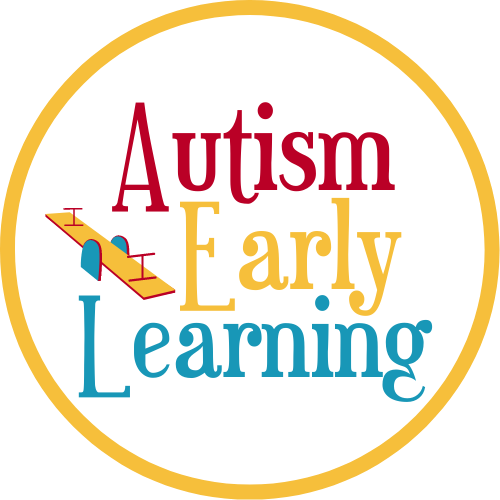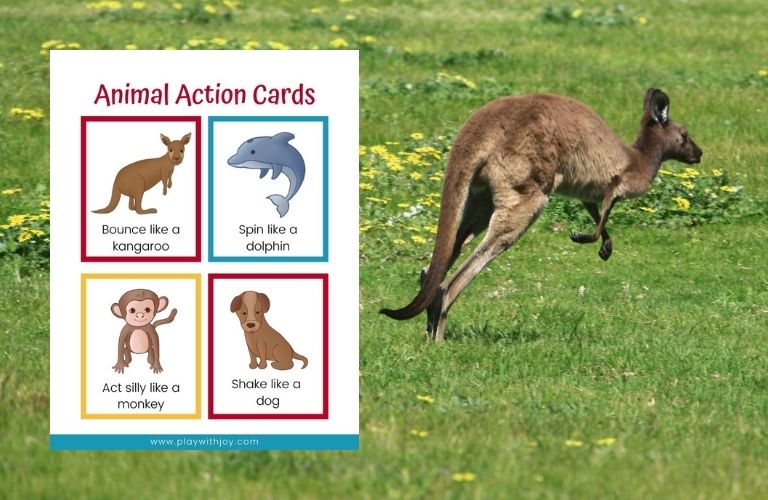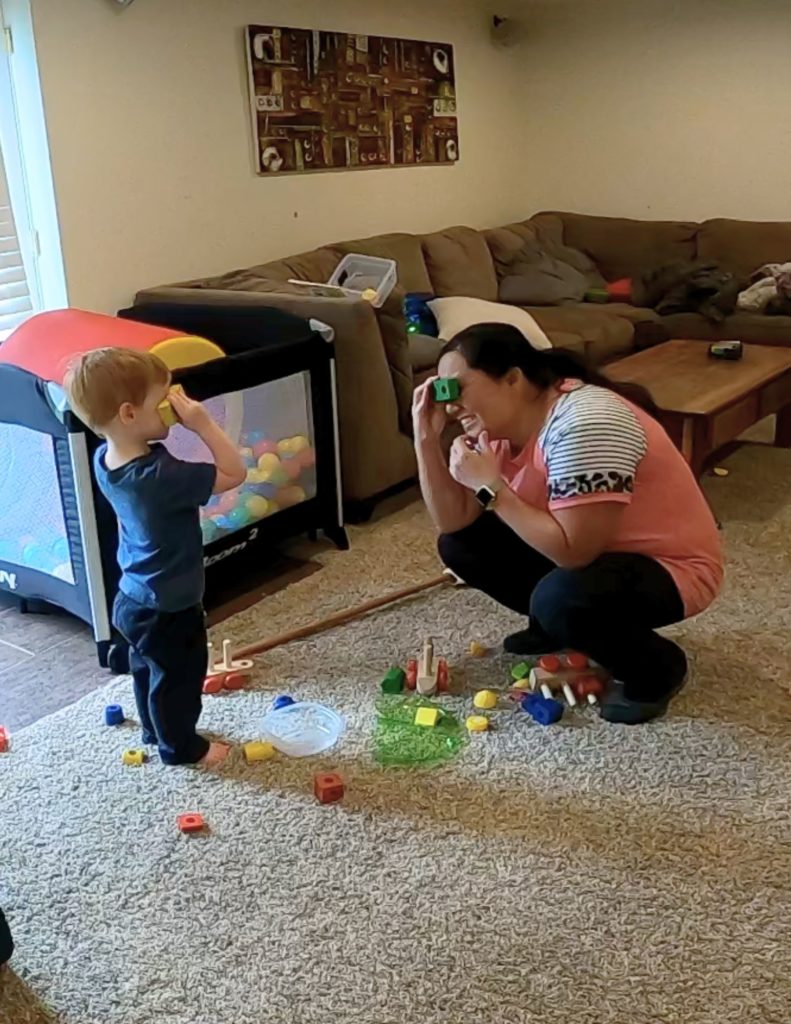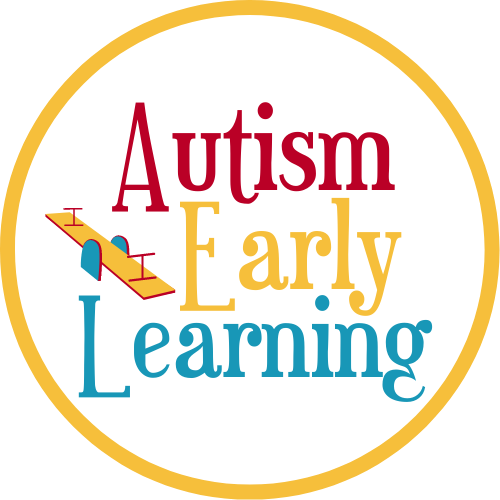This early intervention activity targets so many skills, including language skills, cognitive skills, executive functioning skills, social skills, and motor skills. In this post, I’m going to primarily focus on perceptual motor skills. However, if you’re interested in learning more about how to target skills, you can get the full tutorial below.
Perceptual Motor Skills
Perceptual motor skills are how we coordinate our senses and motor skills to interact with the environment.
There are different areas of development within perceptual motor skills. The ones I’m going to focus on are
- bilateral coordination (using both sides of the body together in one activity)
- body awareness (knowing body parts and where they are in a defined space)
- motor planning (being able to perform a sequence of movements to complete a task.)
Bilateral Coordination
You may find that you will naturally incorporate bilateral coordination into this activity. If you’re wanting to intentionally focus on bilateral coordination, then you can think about the different movements that involve both sides of the body and then get creative in what animal might do an action like that. Your kids won’t even know that’s what you’re working on.
Here are some examples:
- Jump with two feet like a kangaroo
- Leap like a frog on a lily pad (crouch down to the ground an leap from pillow to pillow)
- Gallop around the table like a horse
- Swing your arms back and forth like an ape
- Do a jumping jack like a starfish
Body Awareness
Talk about your body as you do this activity to bring greater body awareness. Make comparisons, for example, a dog has 4 legs, how many legs do you have? Asking questions and having a conversation will be for kids at FDLs 4-6. For kids that are not engaging in a lot of back and forth interactions, just label and model the language for them.
To bring more body awareness, when you give an instruction, focus on a specific body part. Here are some examples:
- Kick your leg like a horse
- Thump your chest like a gorilla
- Turn your head like an owl
- Spread your arms out like an eagle
- Shrug your shoulders like a turtle in his shell
- Clap your hands like a seal
Motor Planning
Motor planning is just a natural part of this activity as your child decides how he thinks each animal would move and then coordinating his body to move in that way.
If you want an extra activity that will help with motor planning, you can create an obstacle course. Throughout the obstacle course you can add animal actions into it. Here are some examples:
- Climb up the stairs like a mountain goat
- Slither across the kitchen like a snake in the desert
- Burrow through a pile of pillows like a rabbit
- Do a trick like a dolphin
- Walk across a balance beam like a monkey in a tree
I hope you’ll get creative and have fun with this activity. You can make it as simple or elaborate as you want! The best thing is that you can change it up as much as you and your child want to while working on so many different developmental skills.
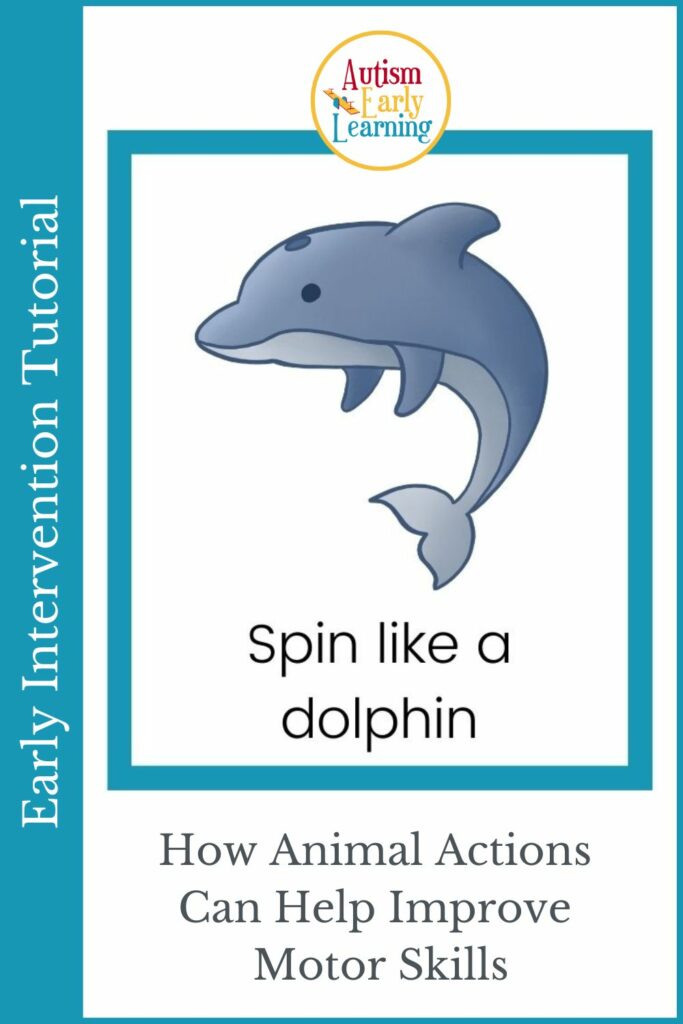
This activity is great for kids at an FDL of: 1-6
The Functional Developmental Levels (FDL) are based on The PLAY Project. If you would like to learn more about The PLAY Project, please visit playproject.org.
- FDL 1: Self Regulation & Shared Attention
- FDL 2: Engagement & Relating
- FDL 3: Intentionality & Two-Way Communication
- FDL 4: Social Problem-Solving & Mood Regulation
- FDL 5: Creating Symbols & Using Words & Ideas
- FDL 6: Emotional Thinking, Logic & Sense of Reality
This activity is great for kids primarily participating in stages: 1-6
The Stages of Play come from Parten’s Stages of Social Play.
- Stage 1: Unoccupied Play
- Stage 2: Solitary Play
- Stage 3: Onlooker Play
- Stage 4: Parallel Play
- Stage 5: Associative Play
- Stage 6: Cooperative Play
This activity includes: auditory, vestibular, proprioception
Our senses include more than the usual 5 senses. Some kids may seek certain types of sensory input and/or avoid other types.
- Visual: Sight
- Auditory: Sound
- Olfactory: Smell
- Oral: Taste (Gustatory) and using the mouth to speak, make sounds, eat, chew, drink, etc.
- Tactile: Touch
- Vestibular: How we process information about movement, gravity, and balance. We receive this information through the inner ear.
- Proprioceptive: How we process information about body position and body parts. We receive this information through our muscles, ligaments, and joints.
This activity is good for targeting the following developmental skills: communication, cognitive, executive functioning, motor, social
These are the main areas of child development addressed in the Early Intervention Tutorials
- Communication: receptive language, expressive language, listening, two-way communication
- Cognitive skills: cause & effect, literacy, math, science, problem solving, perception and concept
- Executive functioning: emotional control, flexibility, perseverance, self-monitoring, organization, planning, response inhibition, attention, task initiation, time management, working memory
- Motor skills: fine motor, gross motor, perceptual motor
- Social-emotional skills: peer interaction, self concept & social role, pretend play, behavior, group activities
- Adaptive skills: self-care, personal responsibility
Supplies
- Animal Action Cards
Instructions
- Print the Animal Action Cards (available in the full tutorial)
- Cut out the cards
- Laminate (optional)
- Take turns picking a card and acting out the different animal actions
Extra Tips & Ideas
- Practice counting by doing each action 10 times
- Use the cards for a game of charades
- Spread the cards all around the room. Act out one of the cards and have your child run and find the matching card. Act it out together
- Print two copies of the cards and play a game of memory. When you find a match, you have to act out the card
- Add the cards to an obstacle course
- Get a wooden puzzle, put the board on one side of the room and the pieces on the other side of the room. Have the child act out one of the animal action cards as he goes to get one puzzle piece. Repeat.
- Play Stop and Go. Stand at the opposite side of the room (or yard) as your child. Have him move towards you acting out the card as you say stop and go.
Access The Full Tutorial
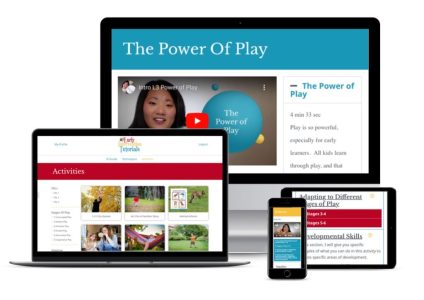
To gain full access to this tutorial and 70+ other activity and technique tutorials, become a member of The Early Intervention Tutorials
As a member of the EI Tutorials, you will learn how to:
- Identify a child’s developmental level
- Understand the stages of play
- Learn how to help a child with limited play skills
- Implement specific techniques to increase communication and engagement
- Adapt activities to different stages of development
- Target specific developmental skills, including: communication skills, cognitive skills, executive functioning, motor skills, social skills, and adaptive skills
Adapting to Different Stages of Play
Depending on a child’s stage of development, you’ll want to adapt this activity based on goals that would be appropriate for the child’s growth.
The stages of play are:
- Stage 1: Unoccupied Play
- Stage 2: Solitary Play
- Stage 3: Onlooker Play
- Stage 4: Parallel Play
- Stage 5: Associative Play
- Stage 6: Cooperative Play
I’ll share ideas on how to do this in the Early Intervention Tutorials. You can become a member and gain access to this tutorial by going to: https://autismearlylearning.com/ei-tutorials-info/
Developmental Skills
In this section, I’ll identify which areas of development this activity targets. I’ll also give some pointers on how to specifically target each area. You can become a member of the Early Intervention Tutorials by going to: https://autismearlylearning.com/ei-tutorials-info/
Download
- Printable Lesson Plan (only available in the Early Intervention Tutorials)
- Animal Action Cards (only available in the Early Intervention Tutorials)
